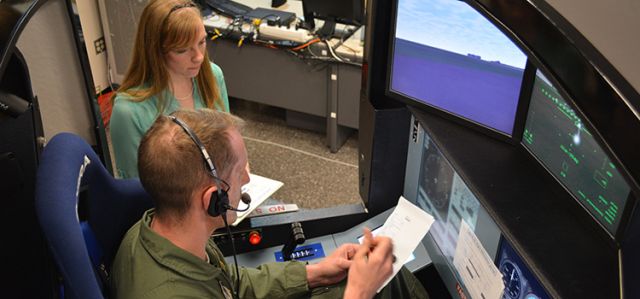A Chemical Kinetic Study of Tertiary-Butanol in a Flow Reactor and a Counterflow Diffusion Flame
Document Type
Article
Publication Date
3-2012
Publication Source
Combustion and Flame
Abstract
The combustion chemistry of tertiary-butanol is studied experimentally in a high pressure flow reactor and in counterflow diffusion flames. Princeton Variable Pressure Flow Reactor results show that t-butanol does not exhibit low temperature chemistry, and thus has no negative temperature coefficient behavior under the studied conditions. The onset of gas phase chemistry at high pressure occurs at ∼780 K. Over the temperature range of 780–950 K, t-butanol primarily reacts through hydrogen abstraction − alkyl or alkoxy radical beta-scission pathways to form methyl and propen-2-ol, which likely tautomerizes in the sampling system to form acetone. A species sampling study of a t-butanol counterflow diffusion flame reveals that the high temperature consumption routes of t-butanol lead to the stable intermediates isobutene, acetone, and methane, with isobutene existing in the highest concentrations. The extinction limits of t-butanol, isobutene, acetone, and methane diffusion flames are also reported. On a transport-weighted enthalpy basis, t-butanol extinguishes more readily than any of its primary intermediates, signifying that it is kinetically less resistant to extinction than the products of its initial reactions. Numerical simulation of these t-butanol flames reveals that the isobutene and acetone chemistry sub-models significantly affect the computed extinction limits. Improvement in the current understanding of isobutene oxidation kinetics, in particular, appears necessary to developing reliable kinetic models for t-butanol combustion.
Inclusive pages
968-978
ISBN/ISSN
0010-2180
Copyright
Copyright © 2011, Combustion Institute
Publisher
Elsevier
Volume
159
Issue
3
Peer Reviewed
yes
eCommons Citation
Lefkowitz, Joseph K.; Heyne, Joshua S.; Won, Sang Hee; Dooley, Stephen; Kim, Hwan Ho; Haas, Francis M.; Jahangirian, Saeed; Dryer, Frederick L.; and Ju, Yiguang, "A Chemical Kinetic Study of Tertiary-Butanol in a Flow Reactor and a Counterflow Diffusion Flame" (2012). Mechanical and Aerospace Engineering Faculty Publications. 230.
https://ecommons.udayton.edu/mee_fac_pub/230
COinS




Comments
Permission documentation on file.